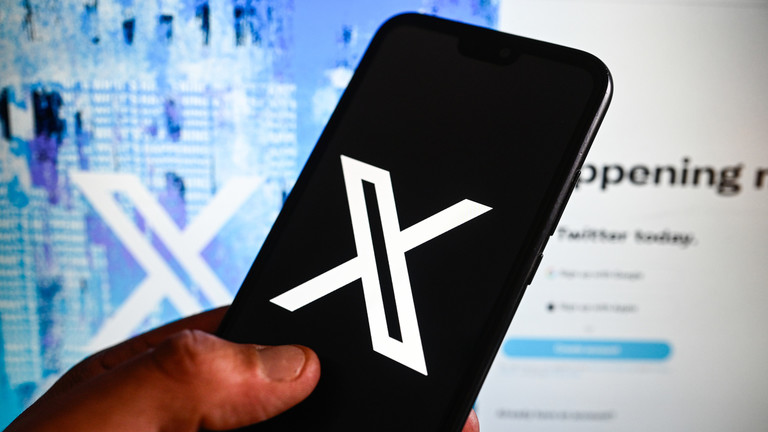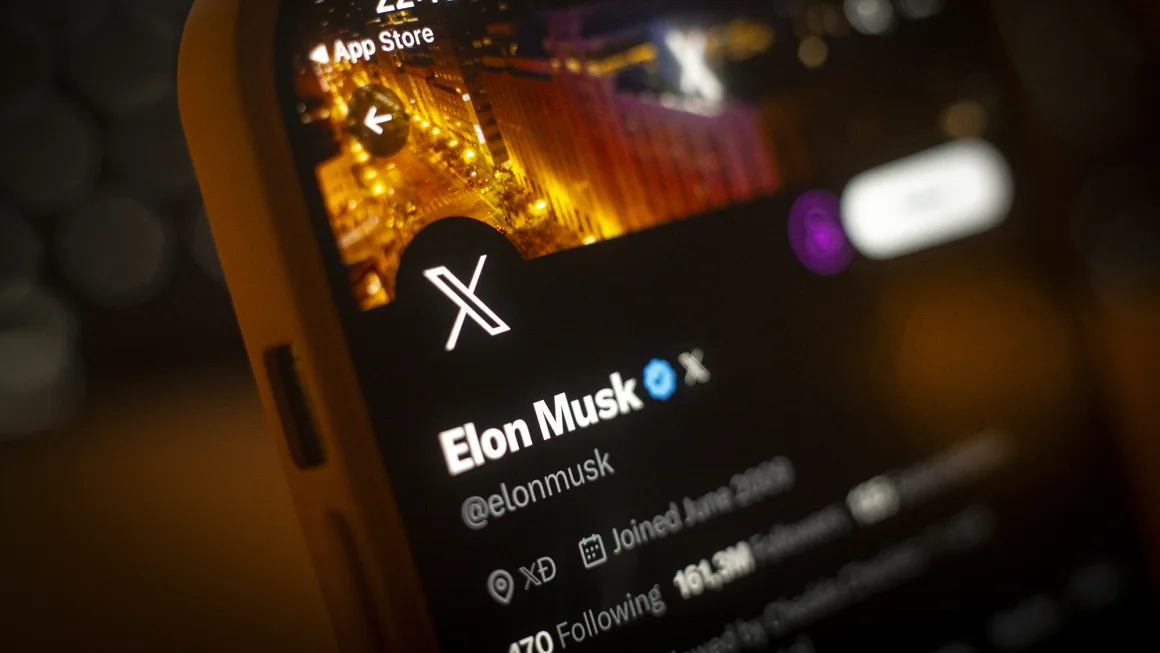
This article is more than
2 year old
This week, X users with large followings were surprised to see that their blue checks — which they had earned under then-Twitter’s previous verification system and lost when Musk purged them for all but paying users — had suddenly reappeared.
The reappearing blue checks came after Musk posted last week that “X accounts with over 2500 verified subscriber followers will get Premium features for free and accounts with over 5000 will get Premium+ for free.”
In other words: prominent users would receive their blue checks back, without having to pay around $11 a month for the platform’s subscription service.
The move is a reversal of one of the biggest changes Musk made when he took over Twitter.
Within weeks of acquiring the platform, the billionaire announced plans to end the existing verification scheme, which was designed to help users trust information being shared by prominent figures but which Musk likened to a “bull***t” system of “lords & peasants.” It was also a business decision. Musk hoped that enough users would buy blue checks for it to become a viable new revenue stream, something that he increasingly needed as he scared off major advertisers.
Now, evidently one of the world’s richest men is back to being okay with a tiered system — he’ll be giving away blue checks to prominent users, but still offering the rest of us plebeians the option to buy one.
The return of the free blue check may be a sign that the blue check subscription business hasn’t panned out the way that Musk hoped.
It may not be entirely Musk’s fault — it is historically difficult to get internet users on any platform to pay for a service or feature they previously got for free.
But more than that, trying to get users to shell out for verification was likely a bust because the change itself undermined whatever value the blue check once had that would make people want to pay for it.
X declined to share the current number of X Premium or Premium+ paid subscribers.
Musk’s purge of legacy blue checks was a messy, months-long process. Within hours of the the platform’s first attempt at launching paid verification, accounts for major brands including Nintendo and Eli Lilly were impersonated (Eli Lilly’s share price took a beating that day after the fake account posted, falsely, that the pharmaceutical giant would be lowering insulin prices). The platform then rolled out other forms of verification with checks in other colors for companies and government entities, but Musk continued to insist that individual users should pay for blue checks.
When, months later, the blue checks granted under Twitter’s previous verification scheme finally disappeared, the platform faced frustration and ridicule from some of its most prominent users, including Stephen King and LeBron James.
Since then, the blue check has become little more than a signal that a user is paying a monthly fee to a platform owned by a billionaire. And when anyone could buy a blue check, it was no longer an exclusive symbol that conferred some kind of status.
“When everybody’s a VIP … no one’s a VIP,” said social media consultant Matt Navarra. Now, “the only people that have it are hardcore Elon fans or people who paid because they finally wanted to have a blue check, but now they’re looking around thinking, ‘this doesn’t make me feel special at all.’”
And while Musk has a larger following than most who might be willing to pay for a status symbol that would identify them as part of his in-group, “it will not be the global business that these platforms need to sustain their operational costs,” Goldman said.
Subscribing to X Premium does come with more than a blue check; the company has also touted benefits including the ability for subscribers to have their posts elevated in the X feed, the option to post longer videos and the ability to test the Grok chatbot from Musk’s new AI startup.
But not all of those features have been popular with users. Some have expressed frustration with scam and troll accounts that buy a blue check, manipulating the system in order to end up at the top of other users’ replies. And the issue has only become more prominent since X began offering subscribers a share of ad revenue if their posts rack up enough views.
At this point, many users are not only averse to paying for a blue check, they don’t want one even if it’s free. Within hours of the unpaid blue checks reappearing, users were sharing advice about how to ensure they didn’t show up on their profiles.
“Dear Elon, I don’t want your blue check and don’t know why you gave it to me,” one user posted on the platform Thursday.